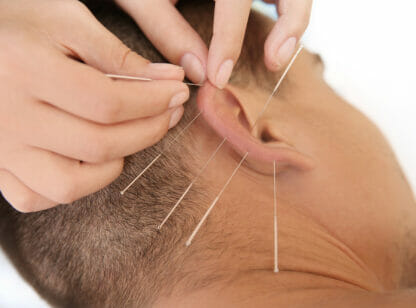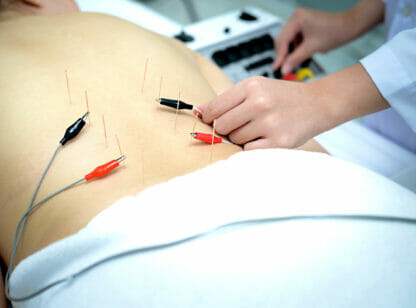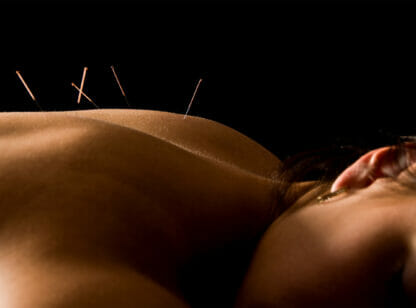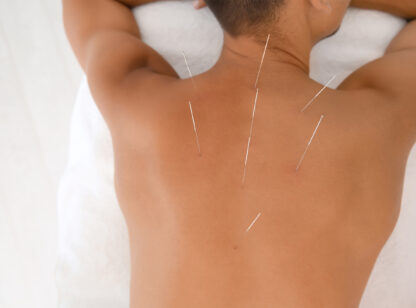Acupuncture and Traditional Chinese Medicine (TCM) have been around for over 5,000 years. Ever since its introduction into the West, many have sought to correlate its teachings with Western biological paradigms.
The first theory of TCM’s fundamental concepts is that Qi, or vital energy, travels along defined pathways throughout the body. It is on these pathways, which are associated with various organs and body systems, that the acupuncture points are found.
However, Qi can not be measured with normal Western methods and there are no corresponding anatomical structures that accurately explain or align the meridians.
Exciting new research with electron microscopy may indicate micro bundles of nerve structures, formerly unknown, that could follow the same paths as the ancient meridians. However, this research has a ways to go.
The most significant correlations between TCM and Western theory were discovered in the 1940s by Dr. Reinhardt Voll. Using an instrument similar to an ohmmeter, he found that the electrical resistance on the skin of the human body is not homogenous. Over the following decade he learned that the body has at least 1000 points on the skin of discontinuous resistance, and that fascinatingly, they followed the 12 lines of the classical Chinese meridians. This was the first scientific evidence that the theories and practice of classical TCM were more than mere myth and tradition.
In the 1950s a Japanese doctor, Dr. Yoshio Nakatani, also noted areas of altered electrical conductivity on the skin and that these areas of approximately 1cm diameter generally were in lines following the classical Chinese acupuncture meridians. Since then, a variety of research studies have sought to further the body of knowledge about the electrical characteristics of the acupuncture meridians. The results clearly show that the acupuncture meridians are electrically active and can be altered with acupuncture needle insertion.
Much research has focused on the reliability of these measurements. Results have shown that even though typical skin resistance varies, acupuncture points and entire meridians can be readily located within 5 mm by measuring skin resistance, which will vary by a factor of 2x-6x from surrounding skin. This became useful for both diagnosis and treatment according to well understood TCM principles.
For many years examinations were performed clinically with analog “meter” equipment and pen and paper for drawing the resulting graph. Although time consuming and cumbersome, this was often very effective. Later methods allowed the readings to be manually typed into software programs for basic analysis. This led to development of several automated measurement systems to apply the power of modern computer analysis. The result is an analysis that is faster, easier, and more powerful than ever before.
Over the past decade, this has been further refined to an easy, accurate and quick system whereby a practitioner can get readings to help diagnose and, along with their traditional training and clinical experience, develop treatment plans. It also has the benefit and capability to display and print a variety of charts and graphs that can help both practitioner and patient easily understand the results, and to see imbalances, deficiencies and excesses in the meridians.
With their obvious benefits, the use of such devices is now becoming more and more common among licensed acupuncturists.
Diane Sheppard is owner of AcQpoint Wellness Center in La Quinta. She is a licensed acupuncturist with a Ph.D. in Oriental Medicine and can be reached at (760) 775.7900. www.AcQPoint.com.











































Comments (0)